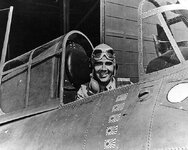SaparotRob
Unter Gemeine Geschwader Murmeltier XIII
OK was created by railroad telegraphers. It stands for "ol korrect." All correct. It was an inside joke. Way back when, "operators" took great pride in penmanship and spelling. It did not originate in Africa nor New Orleans.

